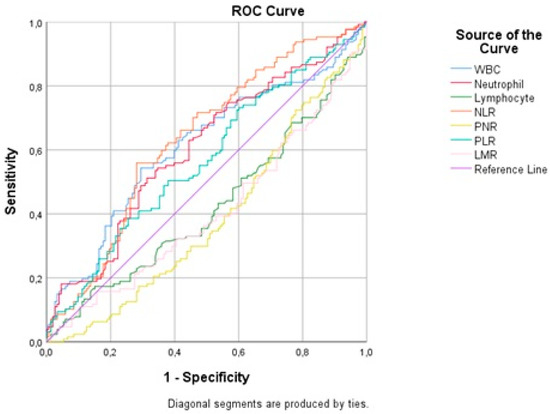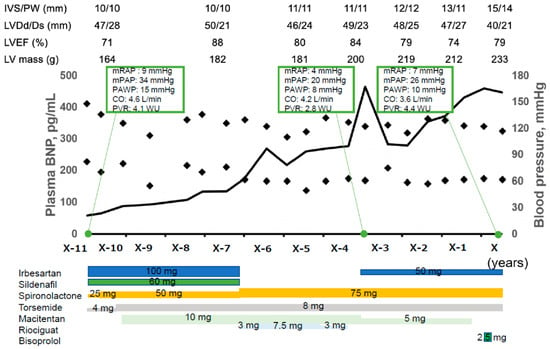Medicina 2023, 59(2), 334; https://doi.org/10.3390/medicina59020334 - 10 Feb 2023
Cited by 3 | Viewed by 2050
Abstract
Background and Objectives: To evaluate possible changes in macular thickness parameters during and after silicon oil tamponade and in pars plana rhegmatogenous retinal detachment surgery. Materials and Methods: Our retrospective study included 34 consecutive patients who underwent 23-gauge retinal detachment surgery
[...] Read more.
Background and Objectives: To evaluate possible changes in macular thickness parameters during and after silicon oil tamponade and in pars plana rhegmatogenous retinal detachment surgery. Materials and Methods: Our retrospective study included 34 consecutive patients who underwent 23-gauge retinal detachment surgery with silicon oil tamponade. Central macular thickness (CMT), central macular volume cube (CMV) and average macular thickness cube (AVG) were measured by optical coherence tomography (OCT) before rhegmatogenous retinal detachment surgery with silicon oil tamponade during tamponade (seven days, one month and three months after surgery), and one month after silicon oil removal. Results: In our sample, macular parameters CMT, CMV and AVG in patients who underwent retinal detachment surgery were statistically reduced during silicon oil tamponade (p < 0.05). After silicon oil removal, all parameters recovered, reaching numeric values which were not statistically significant compared to preoperative values. The average span of silicon oil tamponade was 162 +/− 23 days. Conclusions: Silicon oil tamponade during 23-gauge rhegmatogenous retinal detachment surgery leads to a transitory reduction of central macular thickness, central macular volume cube and average macular thickness cube in eyes that underwent retinal surgery. After silicon oil removal, macular parameters returned to preoperative values in most of the patients.
Full article
(This article belongs to the Section Ophthalmology)
►
Show Figures





